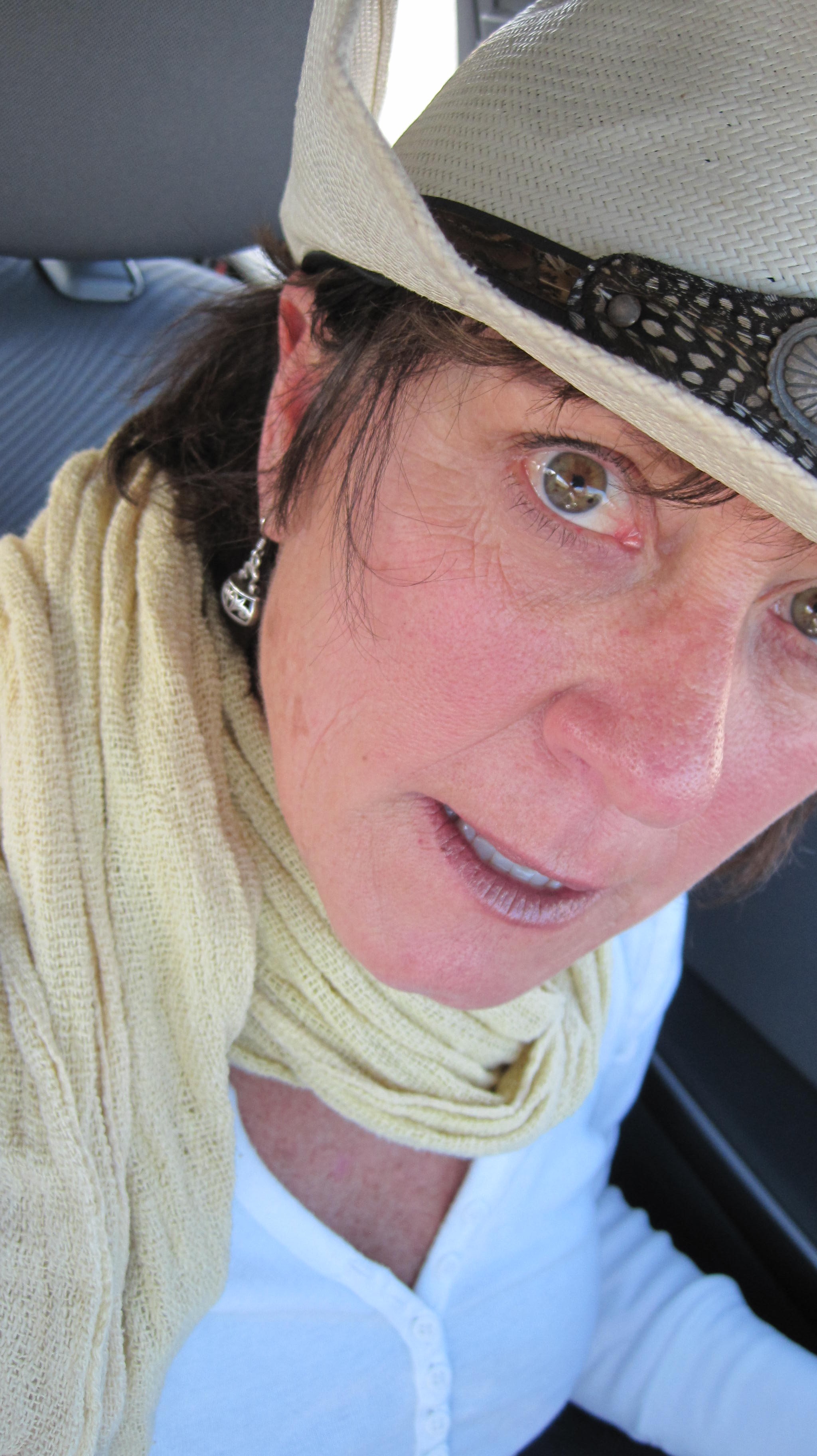 “Those who know they have enough are rich.” — Lao Tzu
“Those who know they have enough are rich.” — Lao Tzu
I spent the December weeks before last Christmas boxing and storing my stuff to make way for an incoming tenant. Part Two of my holiday follies was folding into a torturous origami and cramming into two suitcases all the possessions I anticipated I would need to live abroad for a year. If we can put a man on the moon, can’t we reduce our material possessions into a handful of freeze-dried pellets that we could drop into water upon arrival and expand into an apartment upholstered with our chosen worldly goods?
As I touched and tucked and hauled and lugged every shoe, every scarf, every bauble, every gadget, I felt slimed by all my stuff. “You can’t have it all,” comedian Steven Wright said. “Where would you put it?”
Problem solved. I have a place where I live, and behind it is a little house where all my extra stuff lives. I’ve got it good because my stuff lives there rent free; lots of Americans pay rent for their stuff to live on its own. In the United States, the self-storage business rakes in about $24 billion a year, according to a national organization that tracks the industry. That number is 24 with nine zeroes after it, a number that is 155 times larger than the entire 2014 budget of the National Endowment for the Arts.
In those December days of intensive stuff management I cooked up a big vat of shame, angst and introspection and threw myself into the pot: Why did I—one person—have so many things? There was the milkshake maker. The lamp with the broken pull chain. Some medieval exercise gear. Christmas decorations that could festoon a shopping mall. The heels I could only endure for 15 minutes. The 10th cool vintage coat. The 100th uber-groovy chotchky. The this. The that.
What is it that I value? What were the promises I expected that stuff to fulfill? Is tending to my stuff where I want to put my time? And then I wondered: Did I have my things or did my things have me?
This is not a screed about the badness of things or the narcotizing properties of the advertising industry churning out its droning message of Buy. More. Stuff. This is not a diatribe about drinking the Kool-Aid of our consumer culture or the corruption inherent in a definition of success that centers on the accumulation of objects. This is about one woman’s simple experiment: How would I feel on the inside living with fewer things on the outside?
I’m not alone as I ponder this question. Not so long ago a Google search for minimalism would have directed me to the music of John Cage or the paintings of Frank Stella and Donald Judd, the majordomos of the 1960s minimalist art movement. A search about simplicity would have yielded the philosophy of Henry David Thoreau whose writings about living with less have been distilled into a rallying cry for a rejection of our hyper consumer culture. Today, minimalism, simplicity and living with less have become movements that have segued out of counter culture into the mainstream. The conversation is out there—now trending on a website near you—and I’ve begun having it with myself.
So I am living this year in Kyrgyzstan without my friends, without my familiar culture, without most of my stuff. I’ve a handful of books, a drastically edited wardrobe, my laptop. It’s not a monkish life, and I’m not martyring myself so I can climb onto the moral high ground, but I am checking my emotional gauges with increased scrutiny. I’m six months into my experiment without conclusions. I’m still observing and gathering data.
What I know is that there are times when I feel adrift and shaky. I feel myself wanting to be surrounded by my things as familiar touchstones, as life preservers. I also know that there are times when I feel free of the yoke of tending to so many things, a lightness, an opening into a larger realm of time. I see a math equation I constructed somewhere below the waterline of my consciousness that says stuff = safety. And I’m slowly feeling the emergence of another equation, one that has surprised me. Release = relief.
Originally a flatlander, Laura Kelly found Flagstaff eight years ago and knew it was home. She was the executive director of the Flagstaff Symphony Orchestra for four years and last year created the ArtBox Institute for the Flagstaff Arts Council. She was awarded a Fulbright Scholar grant to teach journalism and storytelling in Bishkek, Kyrgyzstan. She’ll be back in Flag next year telling stories about where she’s been. Until then, for more from Laura and her stay in Kyrygzstan, see her blog at www.untidyexuberances.com.

